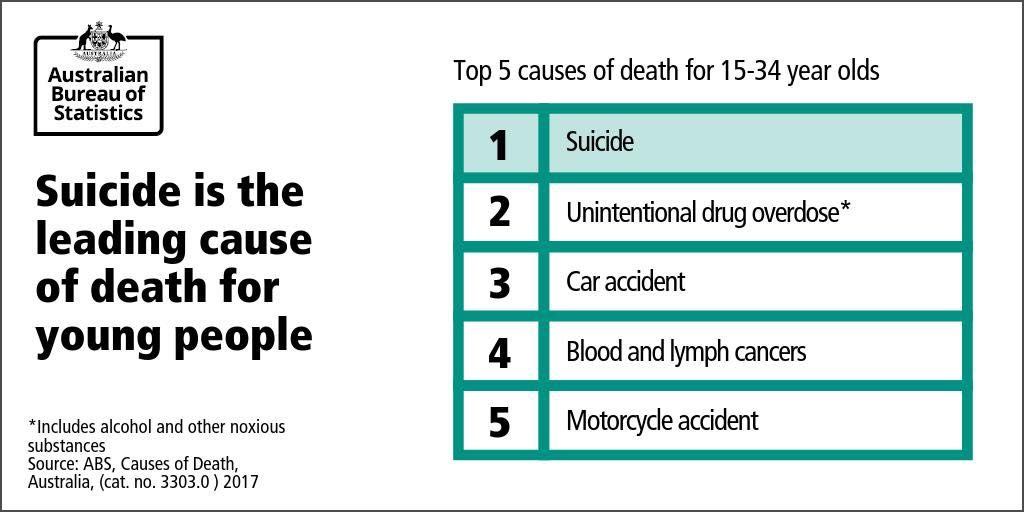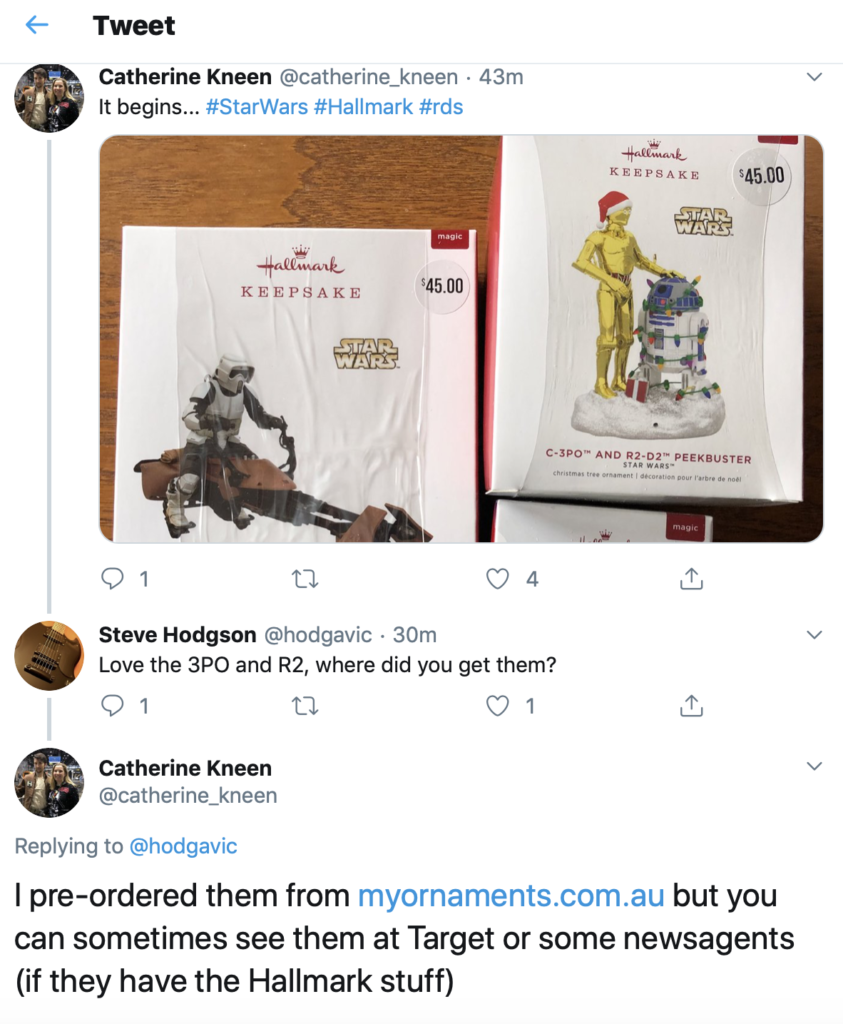While today is RUOK? Day and media outlets will focus on it, the mental health challenge for businesses owners and, indeed, the whole community is a 365 day a year challenge.
Recent Bureau of Statistics figures reinforce why this is a 365 day a year challenge:

As an employer of many 15-34 year olds, the stat for suicide is horrifying. The broader suicide rate in Australia is horrifying.
I have written a few times here about mental health. Not as an expert, because I am not an expert. rather, my interest is as an employer and as someone who craves for a healthier and happier country.
Today, RUOK? Day, I share here a revised version of information I have shared here before on this topic, and in particular about the mental health of newsagents and those in our businesses.
Despite all the ads on TV, despite the work of R U OK?, despite the work of agencies like Beyondblue, despite the stories in the media, mental health, especially mental health within the small business community, and especially the newsagency community, is not talked about.
The challenge is that we cannot always see unhealthiness. If someone is physically unhealthy, we can usually see it, but not mental unhealthiness. For sure there are occasional signs like behavioural outbursts that don’t make sense but you can’e be sure and often you don’t want to ask for fear of making it worse.
In small business retail and in our channel there are challenges that can make things worse: bullying landlords, overbearing suppliers, demanding customers, relentless competitors. These and other factors can make someone see the road ahead through clouded eyes. For some of those on the other side, however, how they handle a situation could be driven by how the small business has dealt with it up to then.
I am all for personal accountability and often say we need to own our own situation – we sign our leases, we sign magazine contracts, we go into business. However, we do these things expecting fairness. Too often there are people on the other side of a commercial relationship who do not act with fairness.
Social media is a factor with mental health as it gives everyone a megaphone and the ability to publish an opinion without thinking it through. I know in schools social media is a big focus in mental health awareness, especially around bullying.
It is hard to know the mental health of anyone. That person smiling at you or joking with you could be in a dark place in their mind. This is why it is important we talk and ask colleagues how they are doing and why we all need to help when we think help could be what is needed.
In the workplace, I think being open with each other so that everyone has a shared and open experience. If there are business performance issues, rather than keeping them secret, talking about them could help ease tension: a problem shared and all that…
There are wonderful resources from government departments available. For example, The Victorian Government has a page online on this topic, which includes good practical advice:
- Make time to exercise each day: For example, a simple daily lunch time walk can help maintain a positive outlook.
- Practice mindfulness: Mindfulness means being aware of your reactions/feelings/thoughts as you have them. This helps you choose how to manage matters as they arise. Mindfulness is a great tool to help lower stress and anxiety levels.
- Adopt work/life boundaries: Don’t let work overtake your life. Set some boundaries to ensure you have time for both work and a social life. You might decide not to discuss work from 5pm Friday night to 8am Monday morning because weekends are for family time only.
- Connect with others: Find someone worthy of your stories – a confidant or mentor you can talk to about your business experiences. Make sure this person is supportive, a good listener and someone whose opinion you value.
This website also lists indicators:
- Physical signs: For example, a constant knot in your stomach, tense neck and shoulders, feeling nauseous, heart palpitations or chest pains.
- Changes in behaviour: For example, being unable to sleep, crying regularly, feeling moody or often irritable, increase or loss of appetite.
- Unclear thinking: For example, not being able to make decisions, not understanding directions, not being able to focus, being inattentive.
- Feeling sad or anxious regularly: We all have bad days – they’re a normal part of life. This flag needs attention if you begin to notice feeling like this regularly.
- Disconnecting from others: This may include not joining in social activities, choosing to spend time away from family and friends or stopping hobbies/sporting activities.
- Feeling overwhelmed: It is difficult to find solutions to problems, and in some instances it feels like they are insurmountable. Problem solving becomes difficult
And it lists useful resources:
- Business In Mind: Business In Mind is an online resource specifically designed to support business owners who may be experiencing mental health challenges.
- Beyond Blue: beyondblue provides information and support to help everyone in Australia achieve their best possible mental health, whatever their age and wherever they live.
- The Ripple Effect: A resource for rural communities that addresses suicide in rural areas.(Ph: 03 5551 8587)
- Sane provides online information, support and connection for every Australian affected by complex mental illness through its website, peer-to-peer forums and helpline. SANE also has a range of factsheets on managing mental health in the workplace. (Ph: 1800 18 7263)
Our approach to mental health as business owners has to be continuous, on-going. It can’t be a one day of the year focus or a stunt. It has to be part of how we run our businesses, everyday.
In my own experience, talking is key – offering an environment where people can talk, where they know it is safe to talk, where they are encouraged to talk and where active listening happens. While it is not always perfect and does not always achieve what is hoped for, it is documented as being valuable.
While RUOK? Day today is important for awareness, that awareness and engagement need to be year-long.









